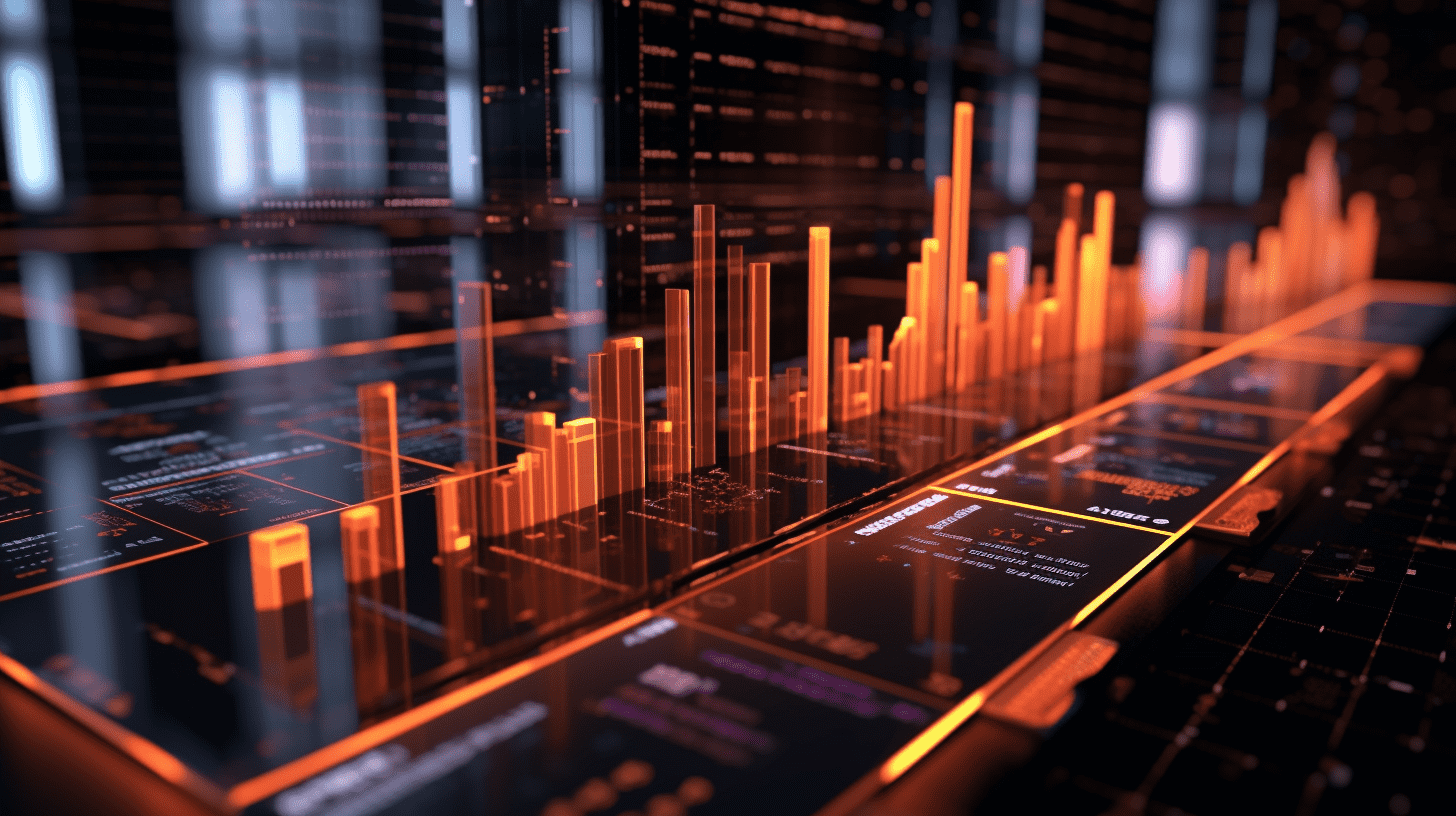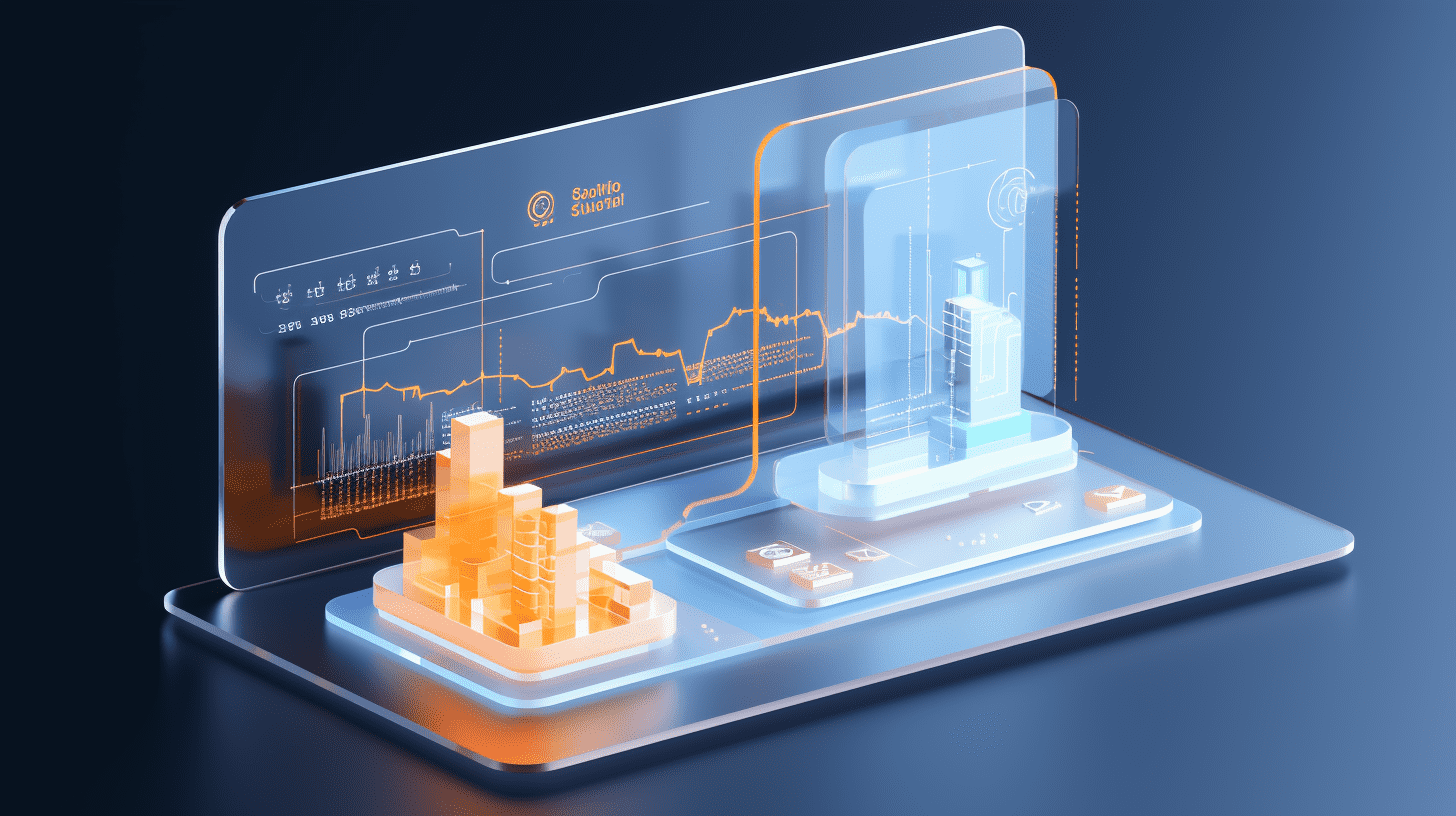Storing the first batch of losers in the "super cycle"! The dividends of edge AI have not yet arrived, and storage costs have already hit HP Inc. (HPQ.US)
AI ignites the storage super cycle, with winners feasting in the upstream and HP becoming a big loser in the downstream under profit compression.
Wall Street analysts generally expressed that after PC and printer giant HP Inc. (HPQ.US) announced weak performance results, the core reason for the weaker-than-expected performance guidance given by HP Inc. management was that the current AI devices such as AIPC have not sparked a PC upgrade cycle, and the negative impact brought by the significant increase in storage product costs due to the booming growth of global artificial intelligence computing power. This situation has not yet appeared in the competition against the company's competitors who have additional data center server cluster businesses (such as Dell Technologies, Inc. Class C).
In pre-market trading on Wednesday, the company's stock price fell more than 5% at one point due to weak fourth-quarter performance and earnings outlook for the new fiscal year falling short of market expectations.
In the fourth quarter ended October 31, HP Inc.'s revenue increased by 4.2% to $14.6 billion, slightly higher than the general Wall Street analysts' expectations of $14.5 billion. Excluding certain items, earnings per share were only $0.93, meaning a 3% year-on-year decrease, which was in line with analyst expectations. The company's earnings guidance for fiscal year 2026 was below market expectations, with the company stating that it will cut 4,000 to 6,000 employees by fiscal year 2028 through the use of more artificial intelligence tools.
HP Inc. management expects that for fiscal year 2026, full-year earnings excluding restructuring costs and other items are expected to be $2.90 to $3.20 per share, while analysts' average expectation is $3.32 per share. HP Inc. expects adjusted earnings per share for the first quarter ending in January to be in the range of $0.73 to $0.81, with the midpoint slightly below analysts' average expectation of $0.78.
Losers in the storage "super cycle" are emerging
In a research report in November, Wall Street financial giant Morgan Stanley stated that an unprecedented storage chip "super cycle" is sweeping through the global technology hardware industry, casting a huge shadow over the profit prospects of PC and server manufacturers. The out-of-control surge in storage chip prices will seriously erode the profit margin expectations of hardware original equipment manufacturers (OEMs).
Morgan Stanley's analysts pointed out that the price surge of storage chips (NAND and DRAM) is essential and critical components of products such as PCs and servers, with costs accounting for 10%-70% of the bill of materials (BOM) of high-end products. Morgan Stanley's models show that without taking any hedging measures, a 10% increase in storage chip prices will pressure hardware OEMs' gross margins by 45 to 150 basis points.
This price storm is driven by the unprecedented demand surge brought about by the artificial intelligence boom, the more complex manufacturing difficulties of HBM capacity expansion, and the underinvestment in NAND flash storage. However, unlike previous cycles, the price increase of storage products in this cycle is more rapid and likely to last longer. Secondly, the current non-AI hardware terminal demand environment is far less robust than the strong years of 2016-2018, which means that this cycle could lead to more serious profit compression or demand shrinkage compared to the previous cycle, thereby posing a significant downward risk to profit forecasts for hardware manufacturers such as HP Inc.
Why has the list of losers in the storage chip sector's "unprecedented strongest surge" fallen to Western Digital Corporation (WDC), Seagate, and the "new" SanDisk spun off from Western Digital Corporation? The core logic lies in the fact that the super strong demand for AI data center construction not only drives the surge in HBM storage demand, but also the three-layer storage stack of AI data centers (hot layer NVMe SSD, warm layer/nearline HDD, cold layer object and backup) is expanding synchronously, while the HDD industry oligopoly has long held back supply, combined with the recovery cycle of NAND and cloud vendors' years of capacity lock-ins, allowing these three companies to simultaneously increase their volume, price, and order visibility.
In addition, SK Hynix, Samsung, and Micron are concentrating most of their capacity on HBM storage systems - these storage products require much more complex capacity and manufacturing and testing complexity compared to DDR and HDD storage chips, so the three leading storage chip companies continuously shifting capacity to HBM is also significantly causing a shortage in these hard disk storage products.
Therefore, Morgan Stanley has taken stock rating downgrades on several global hardware manufacturing giants, believing that their profits and valuations will face dual pressures. For example, Dell Technologies, Inc. Class C's rating was downgraded from "neutral" to "sell," and HP Inc.'s rating was downgraded from "neutral" to "sell."
Wall Street is generally pessimistic about HP Inc.'s fundamentals and stock price prospects
Senior analyst Amit Daryanani from Evercore ISI wrote in a recent report to clients, "HP Inc.'s current guidance reflects a more severe and substantial headwind in storage costs compared to its peers who have recently reported earnings (such as Dell Technologies, Inc. Class C). Despite the potential for stronger actual impacts than expected, we believe there is still room for upside relative to their currently cautious outlook." Following the performance announcement, Daryanani maintained a "in-line" rating for HP Inc., but lowered its target price from $29 to $25.
Wall Street analysts generally pointed out that companies like Samsung Electronics, SK Hynix, Seagate, Western Digital Corporation, Micron Technology, and SanDisk are significantly raising the prices of their storage products driven by incredibly strong demand for AI server clusters and high-performance computing devices, with short-term incr...
Related Articles

WONDERFUL SKY (01260) announces expected mid-term post-tax profit to increase by over 76.7%

ELEPHANT HLDGS (08635) issues profit warning, expecting a net loss of about 5.4 million Hong Kong dollars in the midterm.

Entrepreneurial Group Holdings (02221) subsidiary proposes to acquire 12% equity interest in Guangxi Fusion Bioenergy Technology Co., Ltd. for 24 million RMB.
WONDERFUL SKY (01260) announces expected mid-term post-tax profit to increase by over 76.7%

ELEPHANT HLDGS (08635) issues profit warning, expecting a net loss of about 5.4 million Hong Kong dollars in the midterm.

Entrepreneurial Group Holdings (02221) subsidiary proposes to acquire 12% equity interest in Guangxi Fusion Bioenergy Technology Co., Ltd. for 24 million RMB.

RECOMMEND

Foreign Brands “Take On Chinese Names”: Starbucks And Burger King Change Hands As Chinese Capital’s Localization Scalpel Rewrites Global Rules
25/11/2025

Riding The Momentum Of Gemini 3, “Google Chain” Challenges “Nvidia Chain,” Reshaping The Ai Trading Landscape
25/11/2025

Silver Economy Accelerates As Personal Pension System Marks Three Years — Structural Changes Emerging
25/11/2025


